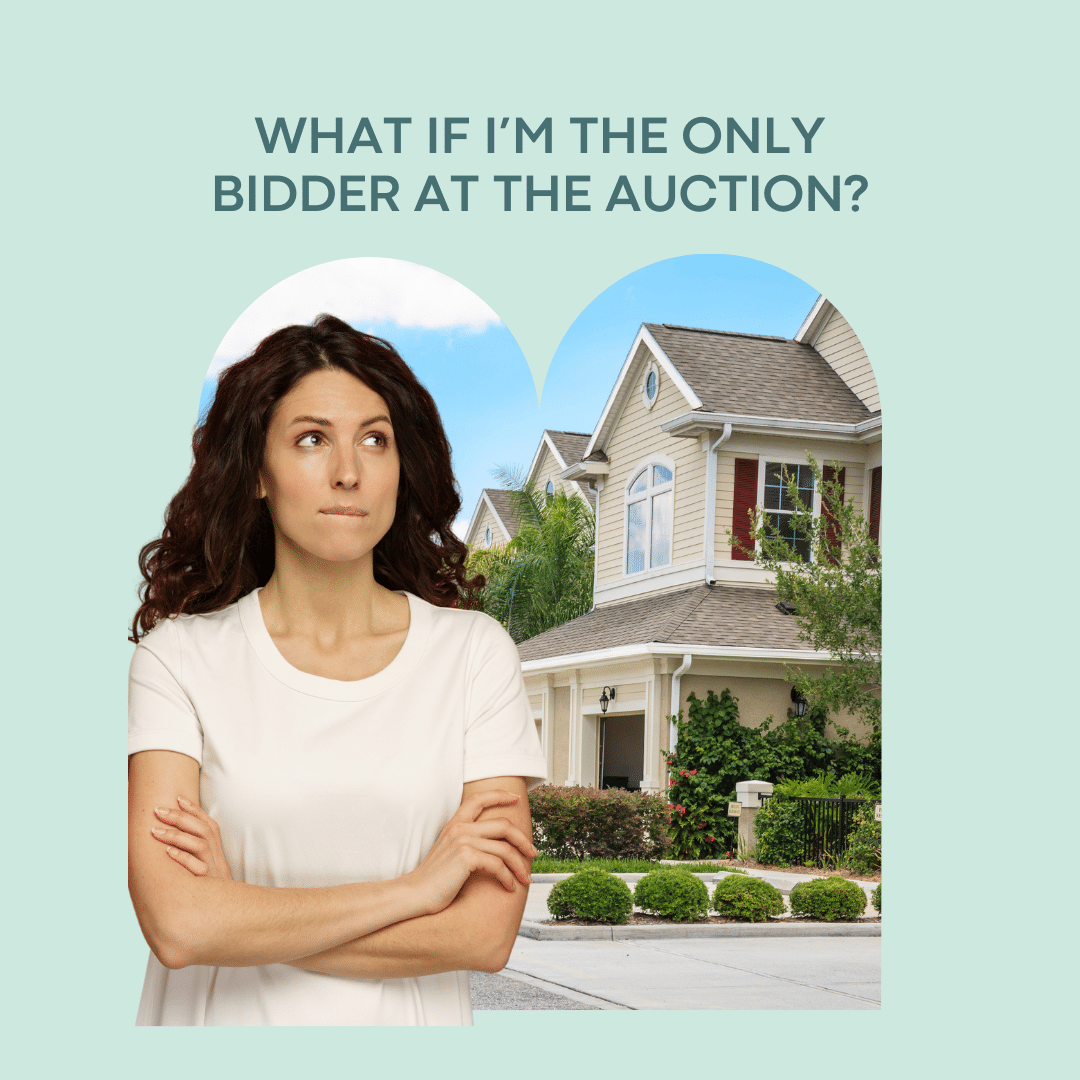When buying a property for investment, an important part of the decision making process is knowing how much income you will earn from it.
Buying a property to lease to tenants is one of the most common investment strategies around. At its simplest, a property owner can use rental income to pay off their mortgage and even earn a profit. In a more complex scenario, an owner might earn a lower income from rent than their expenses, and as a result, claim tax benefits. This is known as negative gearing.
Either way, knowing your potential income before you invest in property is important. As the Government’s MoneySmart site says, if there ends up being a shortfall, think about whether you can cover the gap over the long term. "Also consider whether you could cover all expenses short-term if you had no tenants for a while,” says MoneySmart.
Competing figures
Rental income is generally set by market conditions but is also influenced by what’s being offered to potential tenants. For example, a three-bedroom unit in a trendy inner city Sydney suburb like Glebe has a median rent of $1,000 per week, as per REA Group. Such high rent is proportional to high prices in the area, where the same unit might go for $1.4 million, according to REA Group.
On the back of continually rising prices though, tenants in cities like Sydney and Melbourne are increasingly having to pay very high rents, which isn’t always good for owners.
Certainly property owners benefit from high rental income, but they must also be conscious of economic trends that impact their investment. After all, it’s rising prices that are driving down rental yields, says senior research analyst at CoreLogic RP Data, Cameron Kusher.
“While yields are falling, you have a situation whereby rents are often still increasing, albeit at a very slow pace,” says Kusher.
How then can a property owner find the right balance in their investment?
Know the local economy
Founder of Destiny Financial Solutions, Margaret Lomas says that a market like Sydney – where the median house price is near $1 million – has enormous pressure to perform for investors, and typically these markets are bullish for a few short years and then bearish for at least twice as long.
She says that the solution is to buy in more affordable markets which also have affordable rents. In many cases, these properties still have potential for capital growth.
“It’s critical to not only confirm that there’s abundant and diverse employment [in the area], but the average wage is consistent with a capacity to afford the average rents in that area,” says Lomas.
In other words, be sure that those industries that are major employers in the area also pay wages high enough to ensure that only about 30% of that wage is required to meet the rents in that area.”
Research and strategy
Director of Smart Property Adviser, Kevin Lee says that research around the demographics of a chosen suburb is vital to any investment, including household incomes and family sizes.
“When comparing potential investment properties, I always look at the rental yield to ensure that the net rent can cover the monthly repayments on a principal and interest loan” says Lee.
“At the end of the day, it’s important that your tenants pay down the loan for you. That’s the smart strategy. Too many investors purchase negatively geared properties for bragging rights or tax benefits.
"Using demographic research, you’ll be able to gauge the type of tenant your property may attract. You’ll also know if they can afford the rent and by the type of employment, you’ll know if they will look after your property.”
Weigh up the numbers
To this end, a nice looking three-bedroom unit in Glebe might draw plenty of interest from prospective tenants, simply because of its popular cafes and shops, and close proximity to the CBD.
But keep in mind that with property prices still climbing in the area, up 11% in the year to August, says REA Group, a rental investment there might be harder to manage. Consider that the average property in a suburb like Glebe is going to have relatively high mortgage repayments, which then need to be covered by your weekly rent.
And yet that rental amount must be competitive in order to secure tenants. It’s a balancing act, to be sure, and one that requires a firm grasp of the numbers. For example, while capital growth is strong in Glebe, rental yields remain a paltry 2.6%, says REA Group. (Gross rental yield = annual rental income / property value x 100).
Understanding these factors, along with who your prospective tenants might be, can help shape your overall approach to buying.





